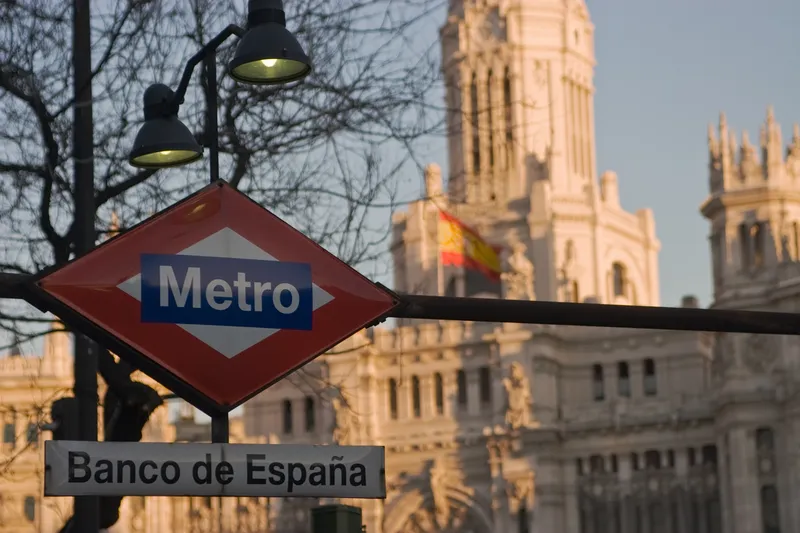From next week,
The new option, which is part of a range of improvements TfL is making for customers, means that passengers will no longer need to spend time topping up Oyster balances because fares are charged directly to payment card accounts.
Contactless payments were launched on London's buses in December 2012. A successful pilot of the contactless system on the tube and rail network paved the way for launch across transport in London.
Contactless payment cards are debit, credit, charge or pre-paid cards which can be used to make quick, easy and secure payments for everyday purchases of £20 and under. There is no need for a PIN or a signature, just touch the card on the reader. This technology is becoming increasingly common, with half of Londoners already having a contactless card.
Contactless payments work in the same way as Oyster, charging customers an adult-rate pay as you go fare when they touch in and out on readers at the start and end of every journey.
Shashi Verma, TfL’s director of Customer Experience, said: “With the launch of contactless now a week away, customers can look forward to having an easier and more convenient way to pay for their travel, freeing them of the need to top up Oyster credit and helping them to get on board without delay. I would like to remind all of our customers to only touch one card on the reader to avoid paying with a card they did not intend to pay with. Contactless payments on our buses have already been a resounding success with over one million customers using their contactless payment card to pay their bus fare around 20 million times.”
London underground goes contactless
From next week, Transport for London (TfL) is to introduce contactless payments on London’s tube, tram, DLR, London Overground and National Rail services that accept Oyster.
The new option, which is part of a range of improvements TfL is making for customers, means that passengers will no longer need to spend time topping up Oyster balances because fares are charged directly to payment card accounts.
Contactless payments were launched on London's buses in December 2012. A successful pilot of the cont
September 9, 2014
Read time: 2 mins










